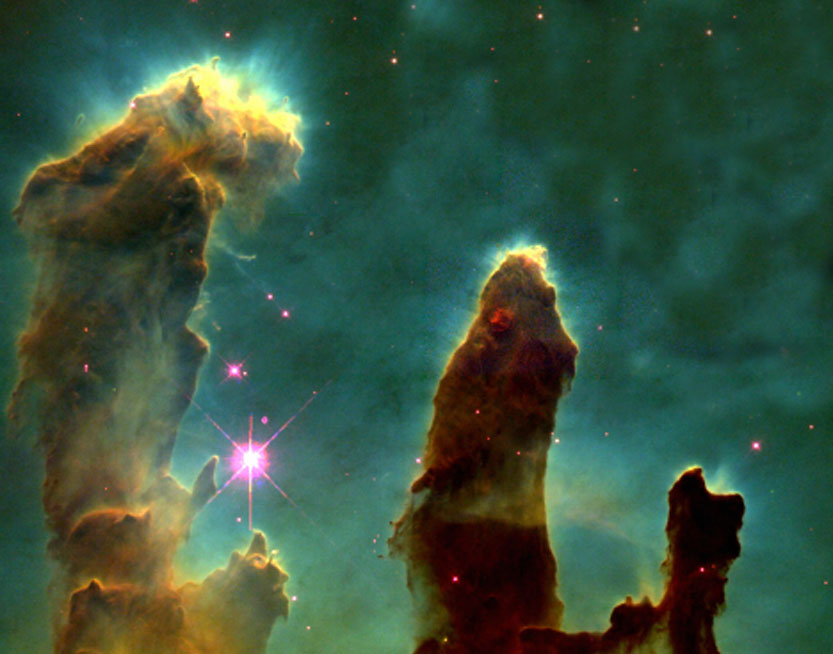White dwarfs and Neutron Stars: Maybe Not So Different
By BellatrixFor a long time know we’ve thought that we had certain basics of stellar evolution figured out, but as always it seems in science once we think we know something a wrench gets thrown into the works. When a star dies one of three outcomes can happen. If the star is around or below about 8 solar masses, the star will die in a planetary nebula where it puffs off its outer layers and leaves behind a white dwarf star. If it is more massive than that about 8 solar masses the star will go supernova and leave behind a neutron star, or if massive enough a black hole. While both white dwarfs and neutron stars are both stellar remnants they are considered to be quite different objects.
A white dwarf is an inert stellar core left hot from the burning of the star but it is thought to gradually just cool off and after billions of years would become cold and dark, or a black dwarf. They are dense small objects, about the size of earth with the mass of the sun. But white dwarfs have never been particularly strange and bizarre, unlike neutron stars. Neutron stars are also small dense objects with masses of around 2 solar masses but packed inside the size of a city. Neutron stars are incredibly hot, made entirely of neutrons and supported against further collapse by the Pauli exclusion principle; which says no two neutrons can occupy the same quantum state. Neutron stars have very strong magnetic fields, and spin incredibly fast usually spinning several times to several hundred times per second. These strong magnetic fields combined with their very short period make them “pulse” due to particle acceleration near the magnetic poles. These pulsars produce streams of radio emission making them like beacons we are able to detect and even listen to.
New observations from a joint observatory between NASA and JAXA (Japanese Aeronautics Exploration Agency) have detected a white dwarf pulsar. AE Aquarii emits pulses of high-energy X-rays as it whirls around on its axis, and this is the first time pulsar like activity has been detected in a white dwarf. The hard x-rays match the star’s spin period of once every 33 seconds. The hard X-ray pulsations are very similar to those of the pulsar, or neutron star, in the center of the Crab Nebula. In both objects, the pulses appear to be radiated like a lighthouse beam, and a rotating magnetic field is thought to be controlling the beam. Astronomers think that the extremely powerful magnetic fields are trapping charged particles and then flinging them outward at near-light speed. When the particles interact with the magnetic field, they radiate X-rays.
No doubt after this discovery we may begin pointing our X-ray telescopes at more white dwarfs, or maybe even questioning some of the pulsars we’ve already identified as neutron stars. This may also have us questioning what we thought we knew about the death of low mass stars, as it doesn’t appear as peaceful a progression as previously thought. This discovery shows there may be more or different processes happening with white dwarfs that may need to be investigated.
